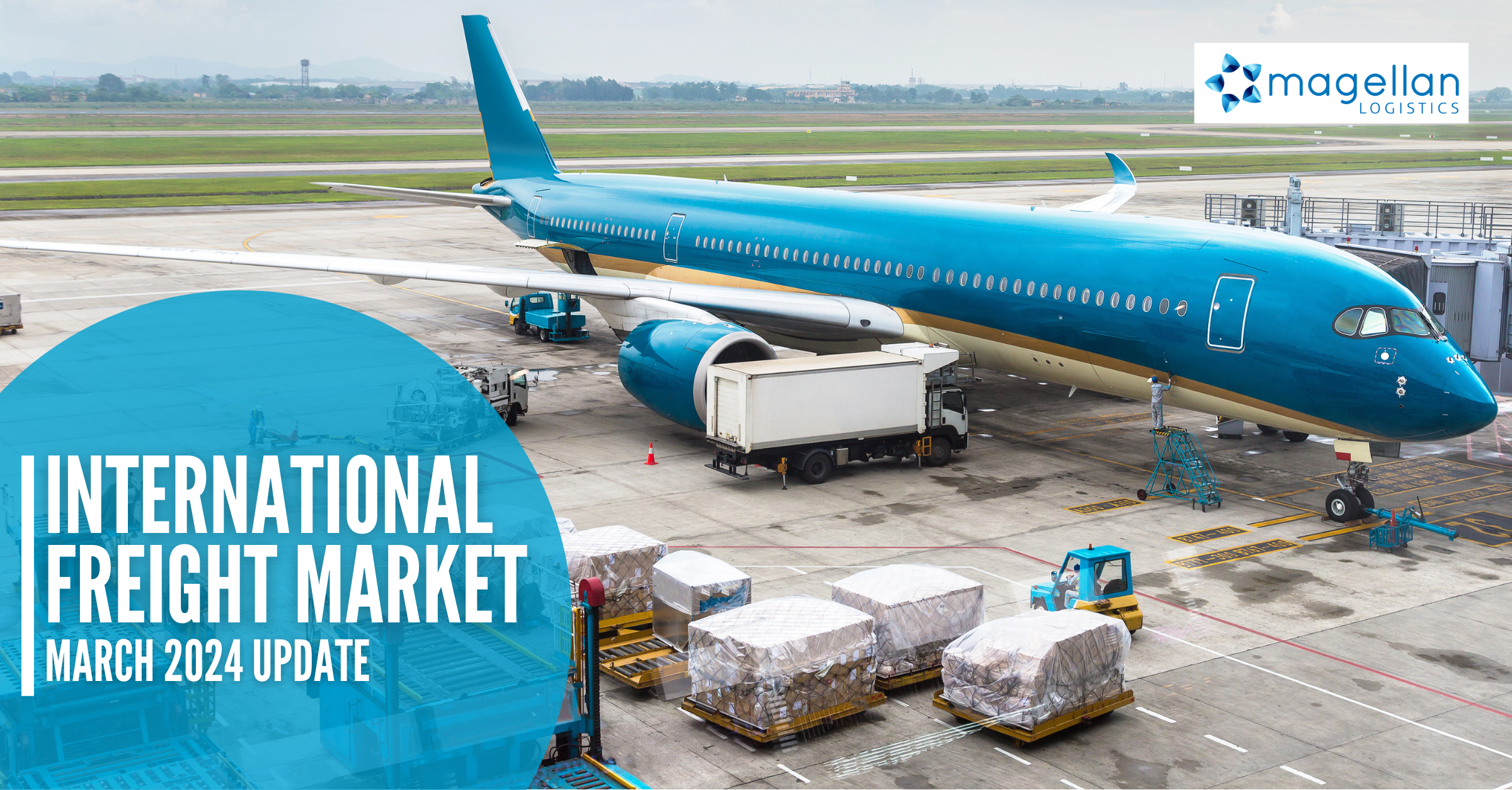It’s that time of year again – Peak Season and I thought I’d share some of the tips and strategies we use at Magellan to get through it.
Imports this Peak Season don’t seem to be quite as chaotic 2016, we are certainly facing significant challenges again in 2017. Last year was an anomaly. There were a number of major factors influencing the surging volumes:
-
- The well-documented demise of Hanjin Shipping caused chaos – horrendous delays, major wastage costs affecting many importers, freight forwarders and other shipping lines. The disaster also influenced a spike in Air Freight to compensate for the stock idling on Hanjin ships;
- Reduced space and tonnage on vessels – further compounded by demise of Hanjin
- The 2016 G20 Summit in Hangzhou idled factory production in the weeks leading up to Peak Season;
- The Chinese Golden Week holidays in early October while normally predictable, was the icing on the cake so soon after Hanjin and G20 Summit.
This year, even without the butterfly effect of exceptional events, we are still seeing significant pressure on space. High demand from Chinese seaports continues, and space is tight. We are also seeing a surge in demand from South East Asian key manufacturing countries such as Vietnam, Thailand and Malaysia. That is proving to be tricky with very limited space availability.
Tips for sea freight importers:
1. Ensure that your suppliers make their bookings with overseas freight offices at least 2 weeks in advance;
2. Push your suppliers to provide accurate production timeframes and specify a date when goods are ready (at least 2 weeks in advance). This is also particularly pertinent for buyers’ consolidations as the container bookings are managed based on all suppliers’ goods ready dates;
3. Keep an open mind about LCL shipments. Even if you’re accustomed to FCL movements, it is important to consider LCL even for higher volume shipments – especially when space is tight. The advantage of LCL is that space is less restricted compared with FCL;
4. Find yourself a good forwarder with a dedicated LCL FAK program. They will be able to provide workable cut-offs, fast transit and turnaround times from arrival at port to delivery to your door.
5. For those in the ragtrade, approve your samples well before cut-off. It’s essential.
We are also experiencing space constraints with Air Freight movements as well as delays with uplifts and slower lead times on trans-shipments. This appears to be worldwide from most major origins including Europe and USA.
Tips for Air Freight importers:
6. Ensure that your suppliers make bookings with overseas freight offices at least a week in advance;
7. Expect and plan for slower transit times;
8. Find yourself a good forwarder that has their own air console services – this will give you greater control and leverage with the airlines.
And, remember to stay hydrated and well rested. You’ll come out the other side in time for Christmas.
At Magellan, we have your back on when it comes to your international freight movements. Get in touch with me for more information about how we can help you land your peak season shipments on time on 1300 651 888 or email me at e.lenkic@maglog.com.au
At Magellan Logistics, we provide a variety of services including importing from China to Australia, importing goods from India and more throughout Australia. Contact us today for more information.













